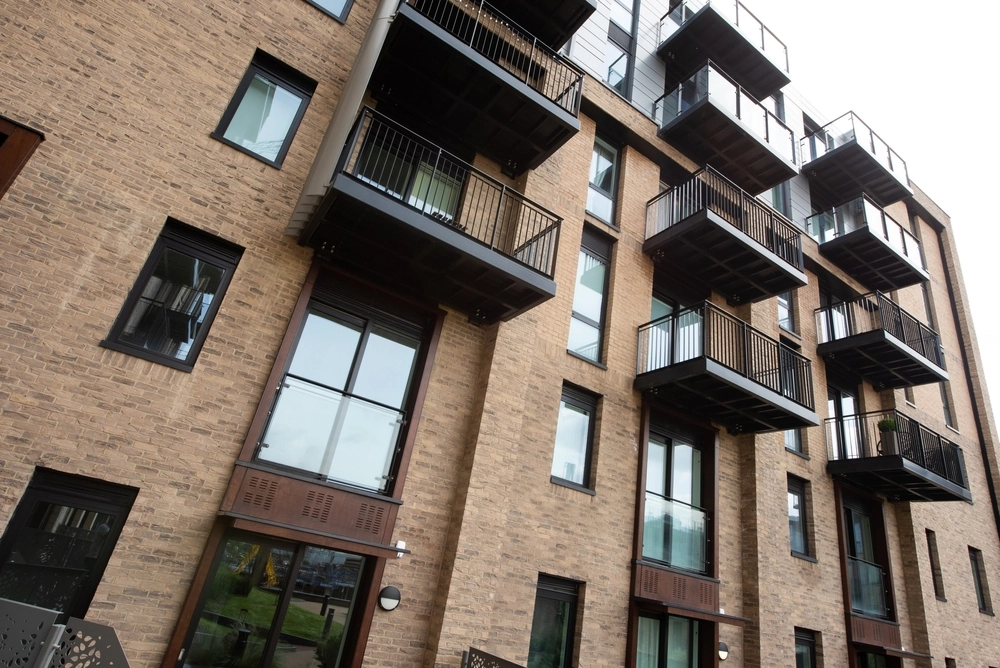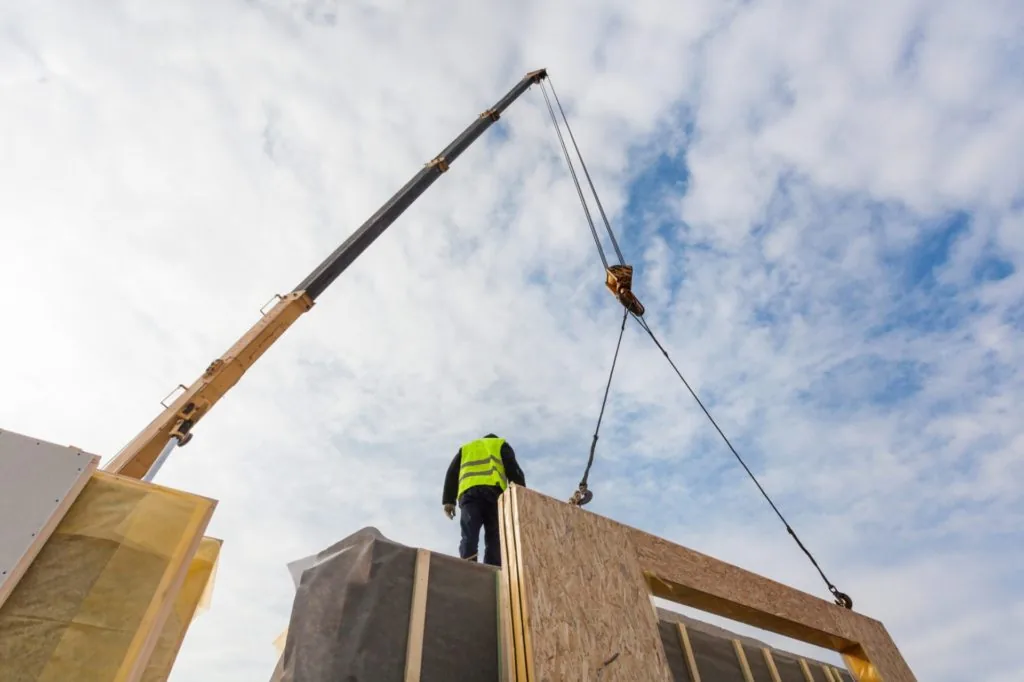
It’s good to talk. The Electronic Communications Code 2017: a solution for a modern era?
Kate New, Legal Director in our Property Litigation Team provides an overview of the The Digital Economy Act which came into force on 28 December 2017 and looks at what this means for operators and landowners.
In 1983, Motorola kick-started the mobile phone age with the DynaTAC 8000X - their premier commercial portable cellular phone. At 10 inches high, and weighing 790g it was perhaps a blessing you only had 30 minutes of talk time (once you had charged the battery for the requisite 10 hours) to one of your 40 pre-stored contacts.
Fast-forward to 2017: and we see 5 billion people worldwide using a mobile phone. Seventy-six percent of the UK use a smartphone for calls, social media, shopping, travel, entertainment: the sky's the limit.
And so it is no real surprise that the Telecommunications Act 1984 needed an overhaul in order to try and keep up with this seismic technological and lifestyle evolution. The Digital Economy Act came into force on 28 December 2017 (the "New Code" – see below).
Overview
In recognition of the dominant place telecoms now have in daily life, it was intended that the New Code would redress the balance of power between operators and the landowners whose property they needed to erect their apparatus on as well as enabling the continuous improvement of the digital communication infrastructure in the UK.
The Legislation
The key areas the New Code seeks to clarify or improve are:
- Interplay with the Landlord & Tenant Act 1954;
- formalised arrangements;
- Land Registry requirements;
- Assignment of Rights;
- Upgrades and sharing of apparatus;
- Land valuation;
- Termination and removal under the New Code;
- Dispute Resolution; and
- Impact on Existing Agreements.
Interplay with the Landlord & Tenant Act 1954
Historically Operators had two bites at the cherry of statutory protection: with protection under the Old Code and also the 1954 Act. However, the New Code prevails that providers will not enjoy security of tenure under the 1954 Act if their agreement under the New Code has as its primary purpose "to grant code rights".
The historic problems regarding this mismatch between the two regimes now fall away and longer term regularisation should be less complex than had the two regimes continued to apply.
Formalised Arrangements
Another historic problem saw inadvertent agreements being entered into between landowners and occupiers. These occurred mostly where insufficient steps had been taken to formalise arrangements, which culminated in land owners finding unexpected, complex relationships borne out of what had intended to be an informal agreement. The New Code requires formal agreement, which hopefully will prompt landowners to take better steps to protect themselves.
In tandem with the removal of 1954 Act protection, this improves the situation for land owners going forward.
Land Registry Requirements
The New Code does not oblige Operators to register their interest against the relevant title at the Land Registry (even if in lease form). Purchasers and lenders alike will need to ensure that they undertake adequate site inspections, made adequate investigations and follow up with direct enquiries in order to establish the full extent of the burden on the land.
Assignment of Rights
Going forward Operators will be free to assign their agreements without reverting to the landowner for consent. Of particular importance is the fact that even if contractual steps have been taking to prohibit site sharing or assignment, the statute trumps such a prohibition and means it can happen regardless of contractual steps to prevent it.
To date landowners have enjoyed the financial benefit when sites are shared. The reforms work to remove that benefit, so that landowners will no longer enjoy multiple payments for shared sites, potentially making entering such arrangements in the first place less attractive than they previously were.
Sharing and Upgrading Apparatus
This issue is compounded by some practical considerations stemming from the reduced level of control over who is occupying their property and what kit is installed. Greater numbers of maintenance personnel will be looking to access properties and overall landowners are likely to feel somewhat at the mercy of the operators.
Whilst the operators have a duty to "treat each other professionally and with respect" (with an Ofcom Code of Practice which suggests how this might manifest) it is easy to foresee scenarios where the different commercial pressures faced by operators finds this suggestion subordinated to their own needs and disputes arising over what is considered "adverse impact" or "additional burden" brought to the attention of the Tribunal. The New Code offers some protection to landowners in this scenario, with compensation available, but a wrangle over the extent of the impact and appropriate compensation will no doubt need clarification by the Tribunal and proportionality may preclude landowners proceeding to litigation.
Valuation of Land
The New Code brings a significant shift in the way operational sites will be valued. The sums payable by Operators will be calculated with reference to the open market value of the land from the landowners perspective only disregarding use as part of a telecommunications network and assuming that there is more than one site available to the operator. This will have a significant, positive, impact for Operators over their strategically important sites, compounded by the fact that many sites (typically roof space) have little immediate value to landowners, compared to the significant value to the Operator.
Termination and Renewal
In recognition of the overwhelmingly important place telecoms now have in society, the legislation reflects the need to give Operators strategic certainty over their apparatus.
The biggest change brought about by the New Code – and the one that has given the greatest level of alarm – is that landowners now need to give 18 months' notice to terminate a Code agreement. A massive increase from the 28 days' notice under the Old Code.
On top of that 18 month notice, landowners also need to serve a further notice which specifies a "reasonable" period for the removal of apparatus.
Wrapping all of that together, and taking into account court delays and the time required for any site decommissioning (safely and without undue interference with business needs) it could take well in excess of 2 years for landowners to remove Operators from their sites. This could well be compounded by there being multiple occupiers with additional equipment who also need to be accommodated in the exit process.
This will have a significant impact on Developers looking to acquire sites, and they will need to make allowance for this in their redevelopment timelines, budgeting and delay. Under the Old Code, Operators have shown a frequent willingness to agree upon a non-contentious exit strategy with landowners and perhaps it is unfair to assume that that will change under the New Code. However; with the balance of power shifting very much in the Operators favour, landowners will need to be live to the impact this extended notice period will have and at times take proactive steps, significantly earlier than they would have done previously to recover possession.
Dispute Resolution
The New Code directs for almost all disputes to the Lands Chamber of the Upper Tribunal for hearing. It is hoped that this will ensure a swifter, more efficient process for the parties, away from the already overloaded County Courts.
The New Code: 2018 and beyond
The New Code has already been attacked for the drafting and in places lack of clarity. It is felt it was rushed through parliament and not given the necessary forensic review a piece of legislation of such importance merited. However; it is in force, and Operators and landowners alike need to find a way to make it work.
The first application under the New Code went before the Tribunal in June 2018. No ruling was given at the interim hearing, with a further hearing to be listed in July 2018. Going forward, commentators expect to see a spate of Operator led litigation, where Operators are looking to renew agreements or locate new space with the new found benefits of the New Code and (stemming from the reduced dividend to landowners) they are met with increased resistance from the site owners.
Whilst these battles might have a David and Goliath feel, given the size and resources available to the Operators, there are still weapons in the arsenal of those landowners capable of being deployed by those keen to detect their land against the industry giants.
Jargon Buster
- The New Code: Schedule 1 of the Digital Economy Act and introduces the new Schedule 3A of the Communications Act 2003
- The Old Code: Schedule 2 to the Telecommunications Act 1984
- Operators: licensed providers of electronic communications services
- “No scheme valuation” It will be valued on a “no scheme” basis based on compulsory purchase principles – rights valued on the basis of their value to the landowner rather than on the basis of the value to the operator and tied to future use as a telecoms site.





![Goodwill Hunting: MVL Properties v The Leadmill [2025] featured image](https://www.footanstey.com/wp-content/uploads/2025/03/beer-brewery-2024.jpg)





